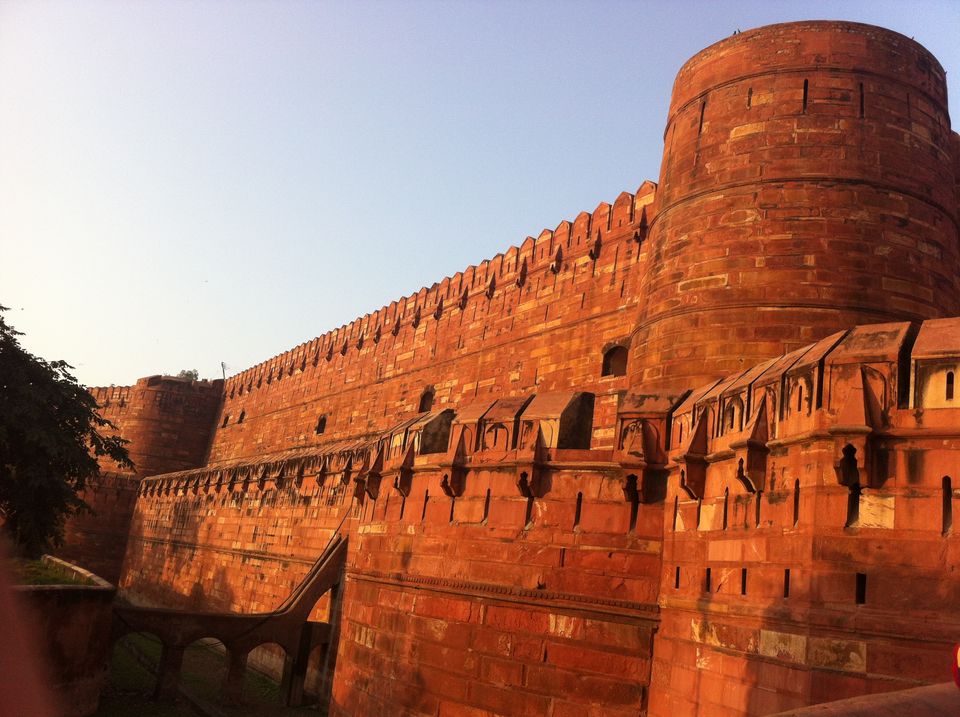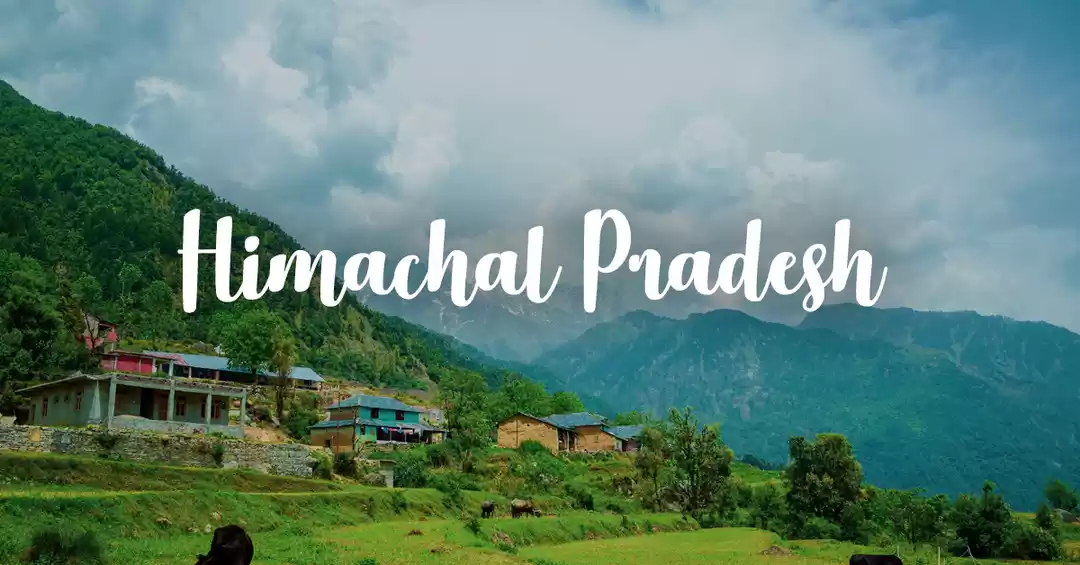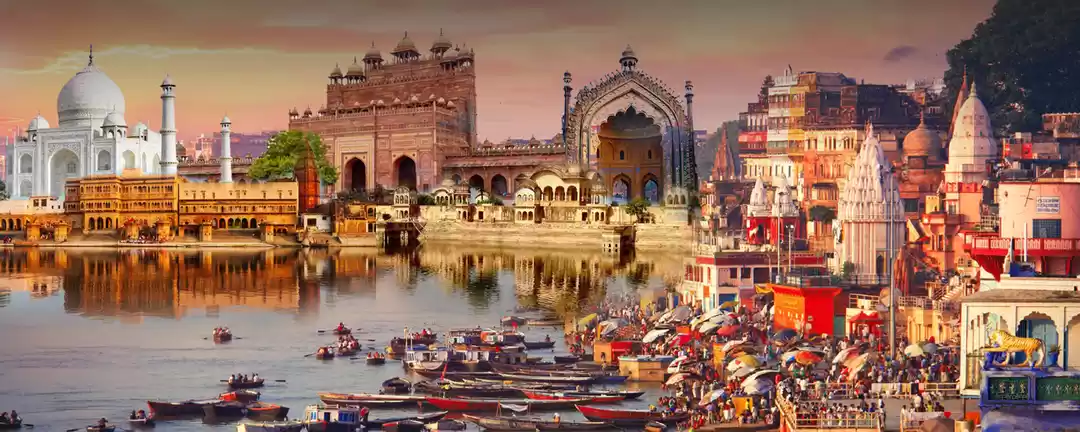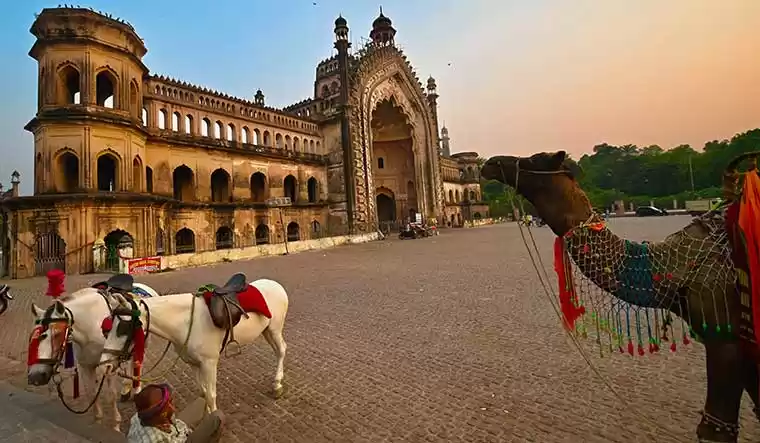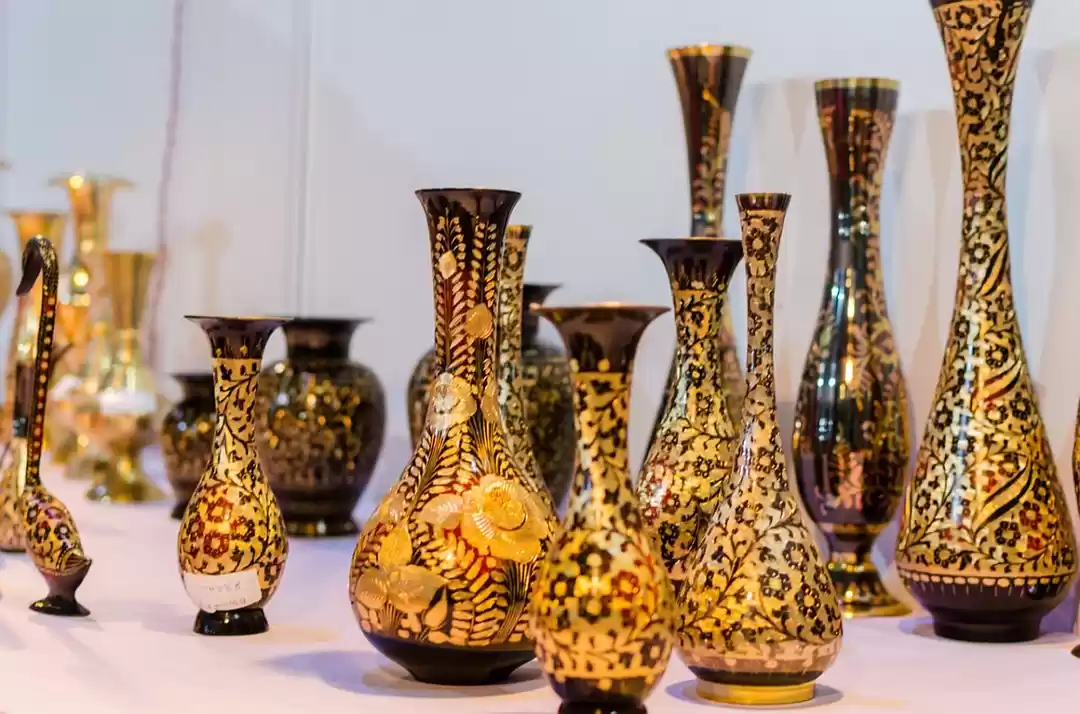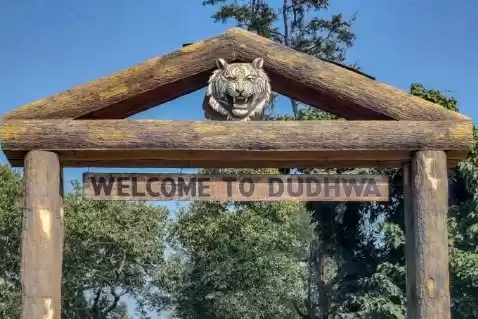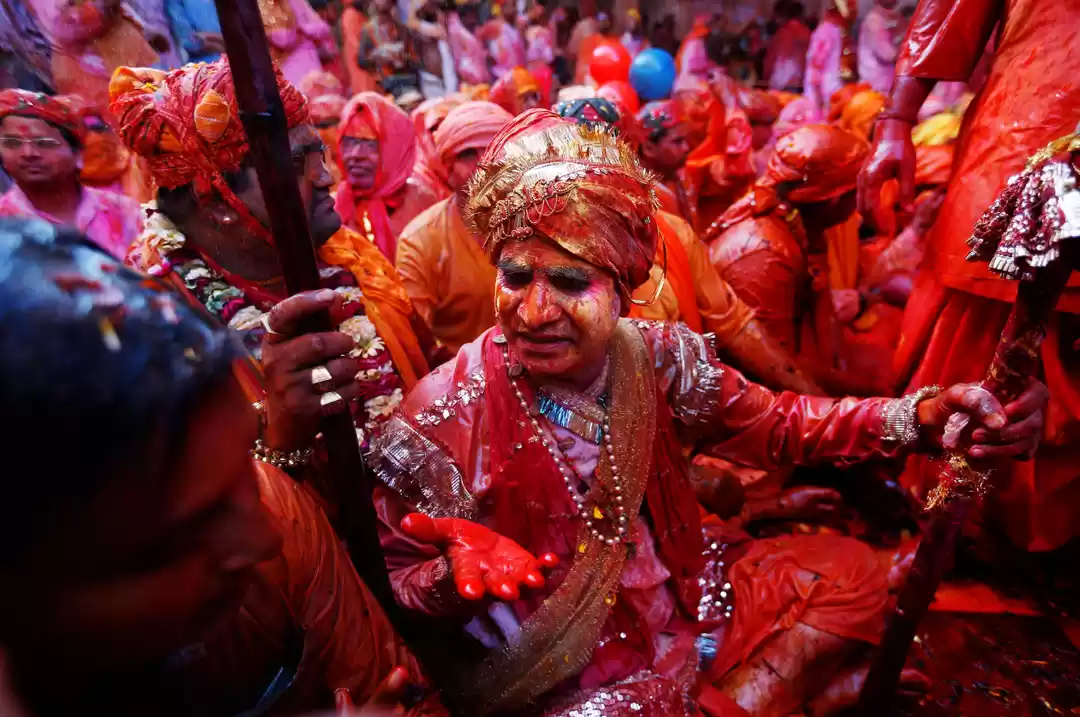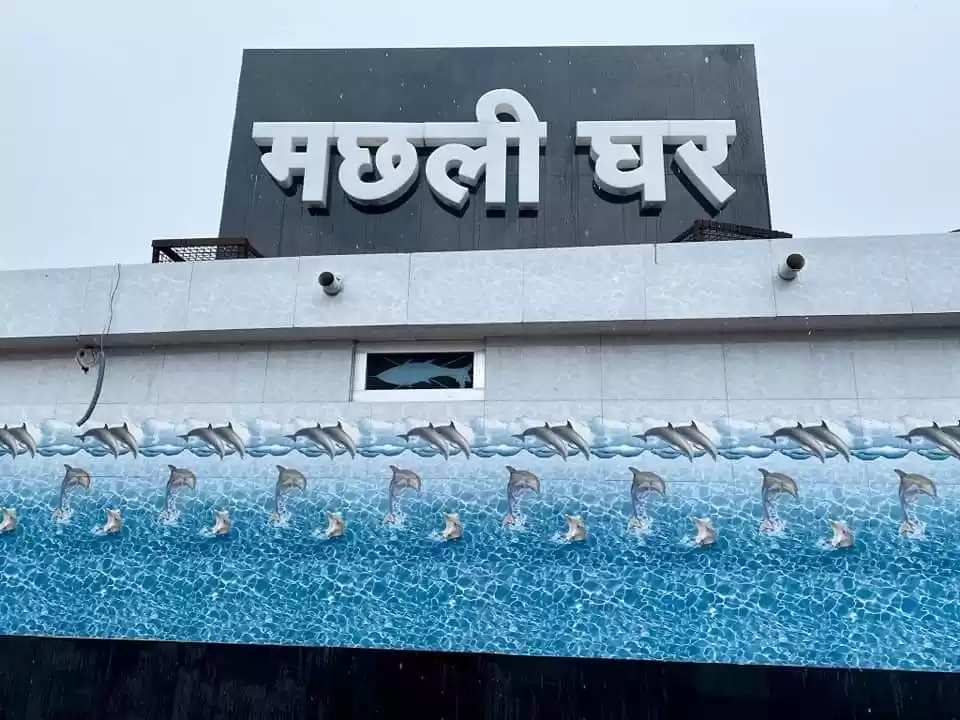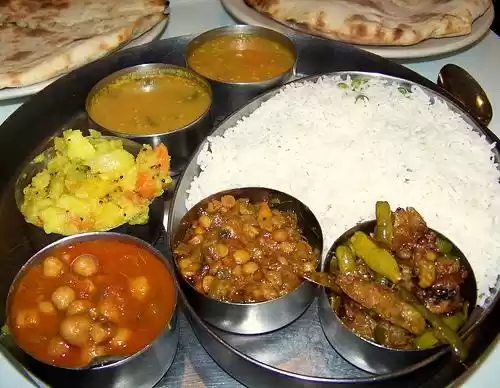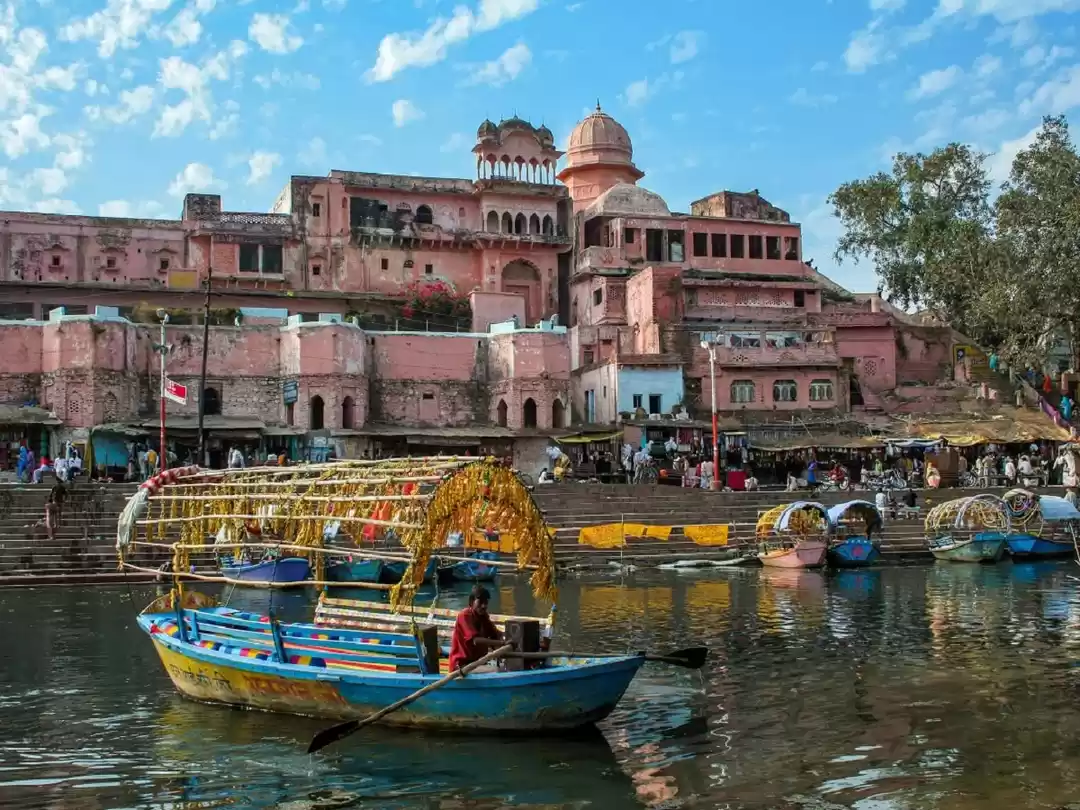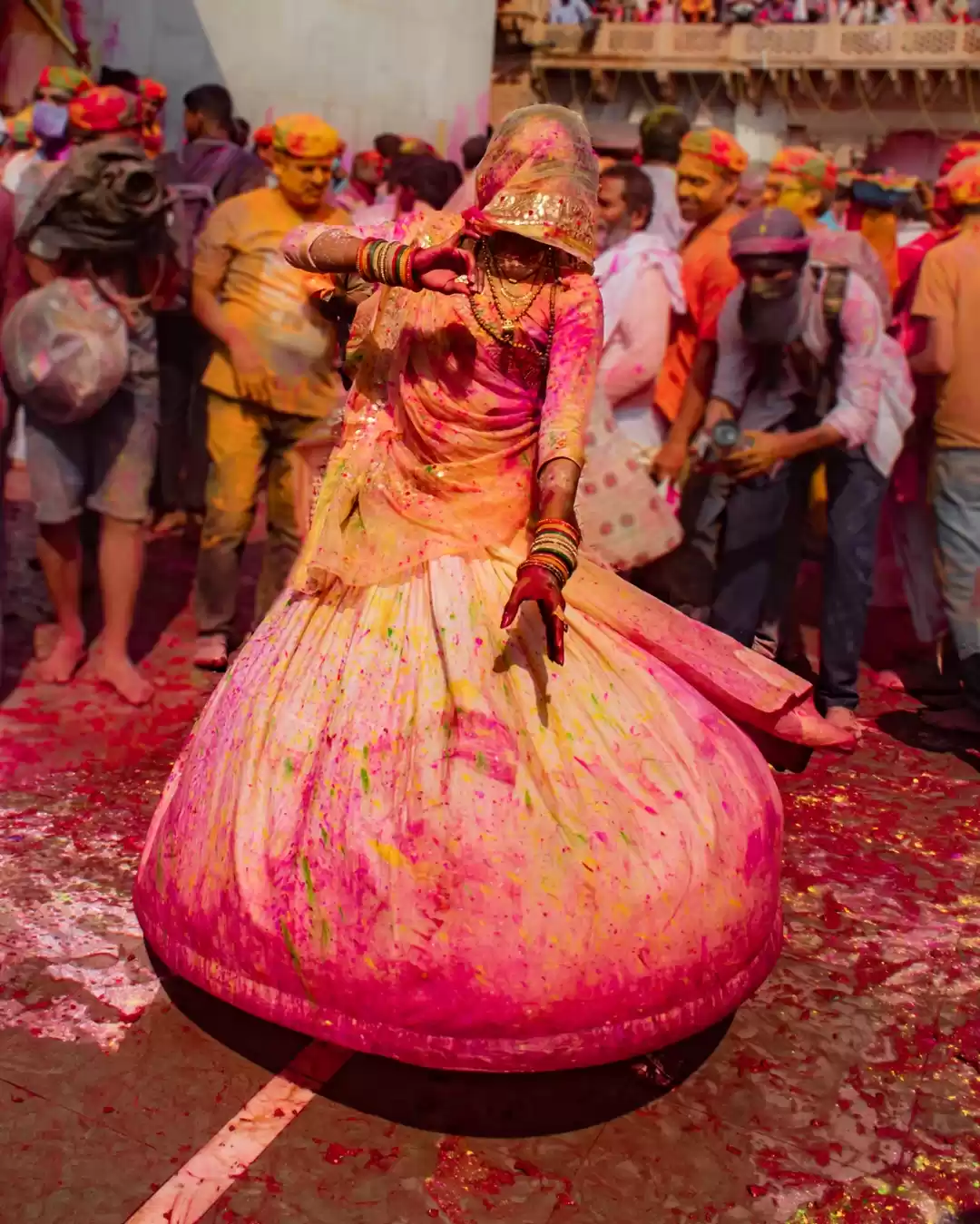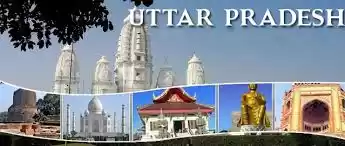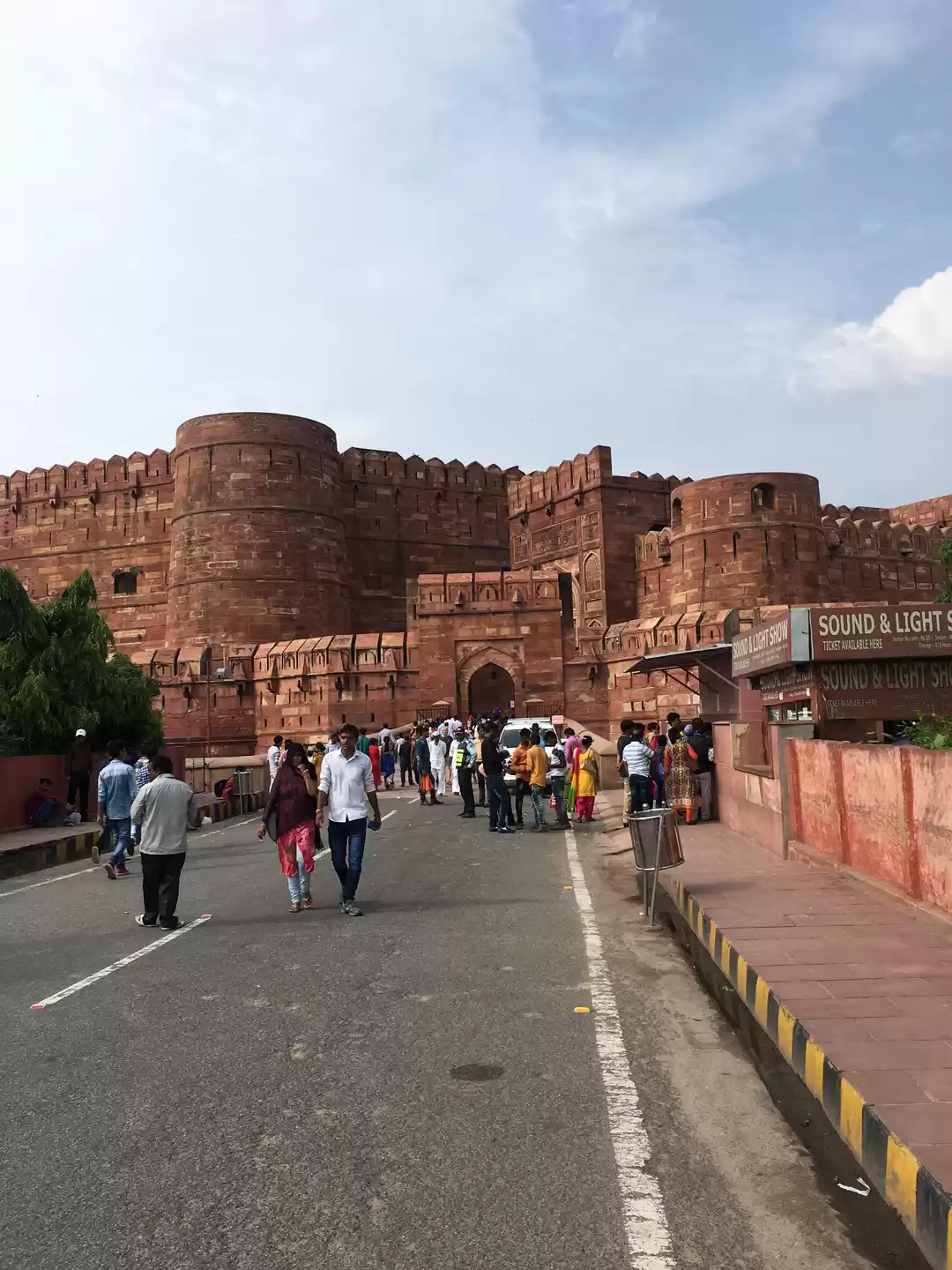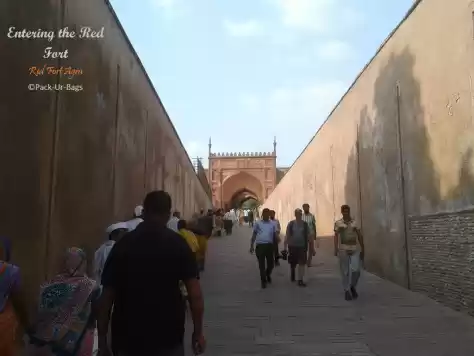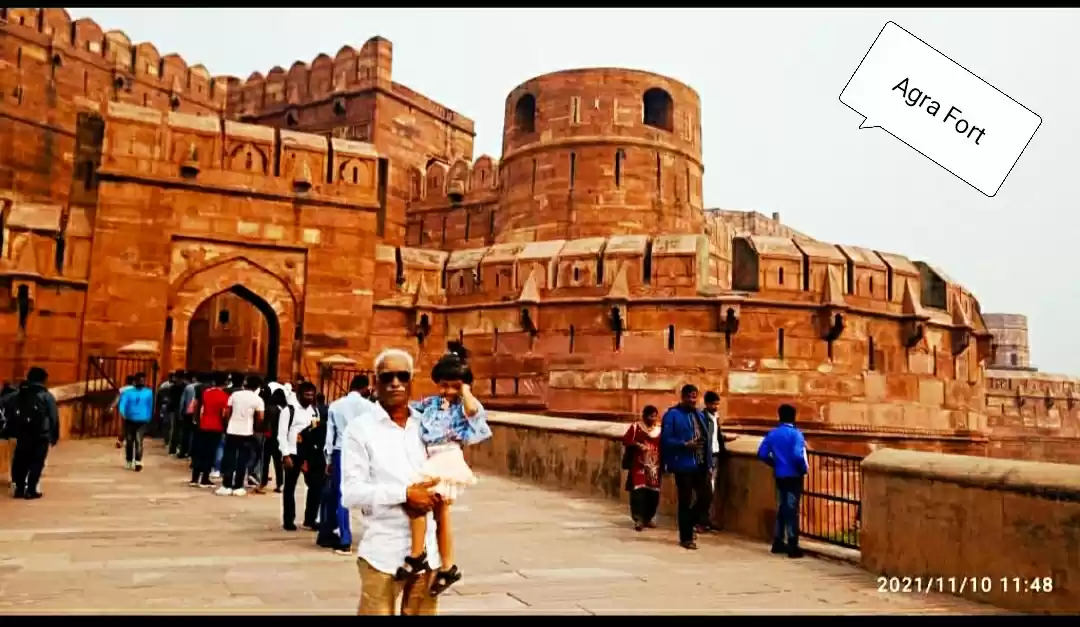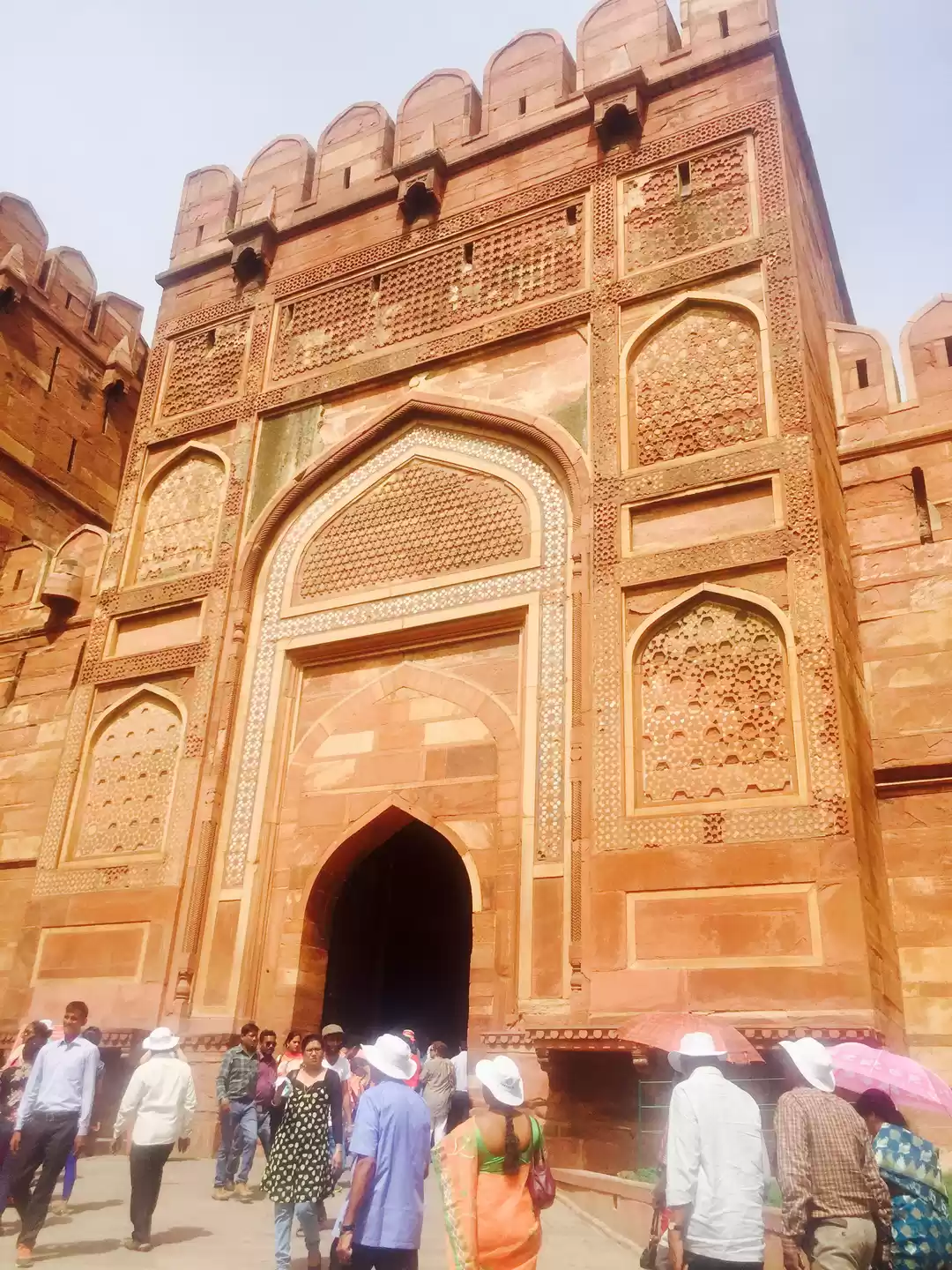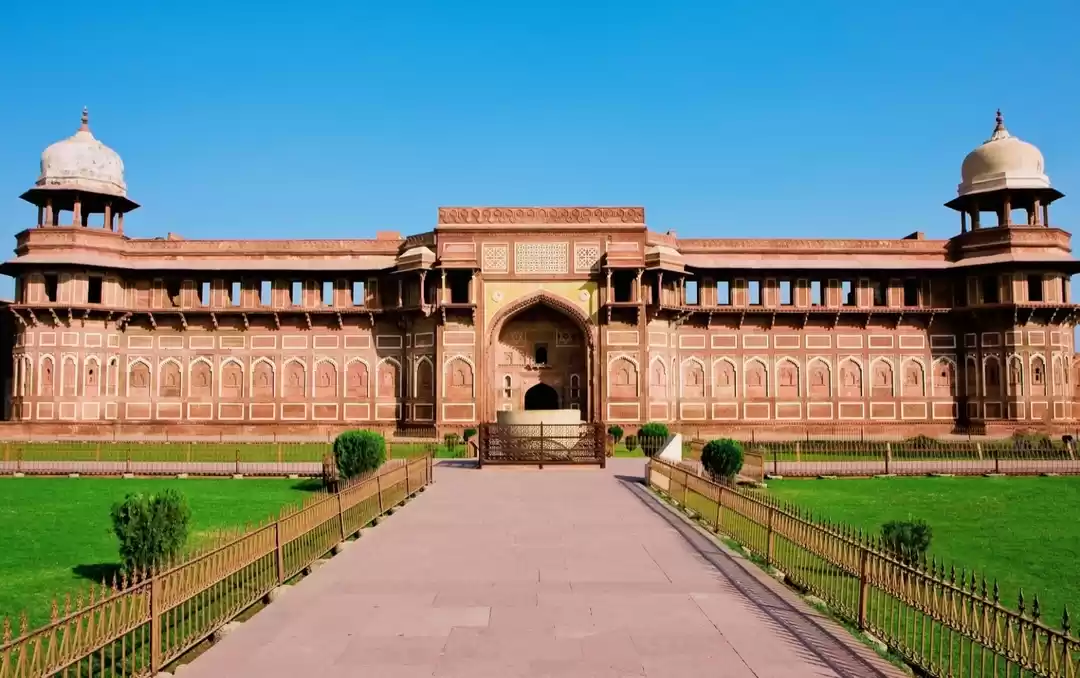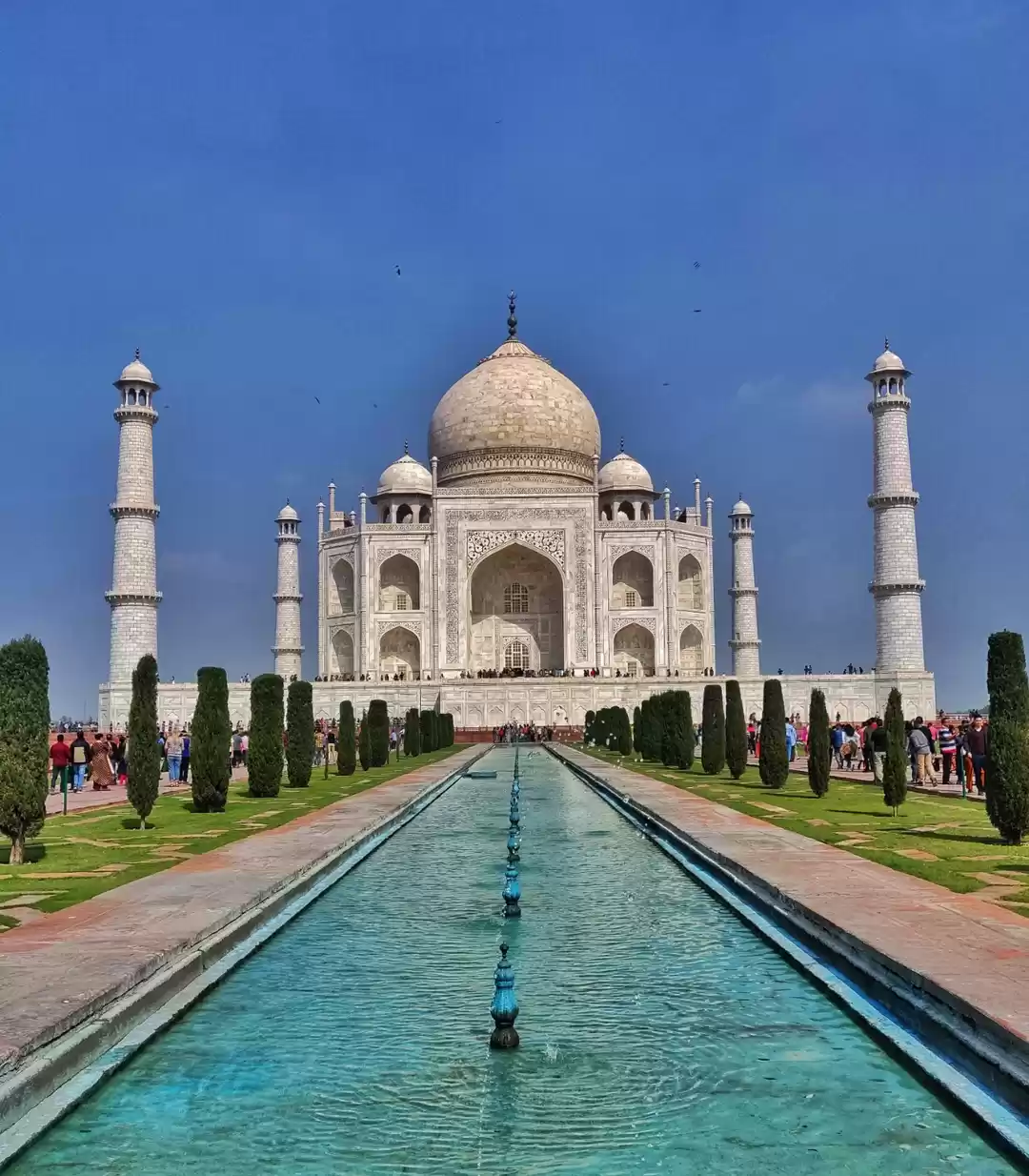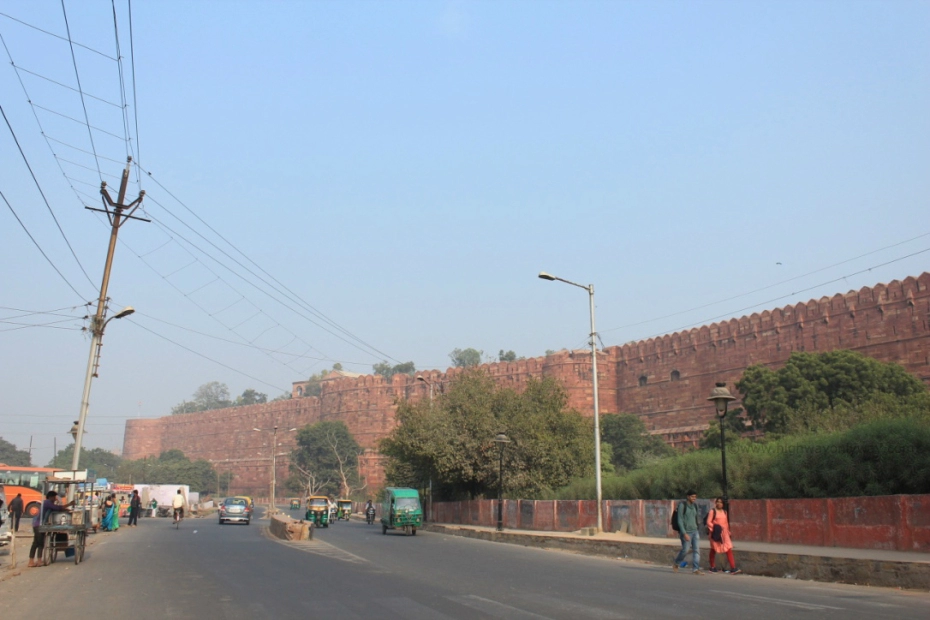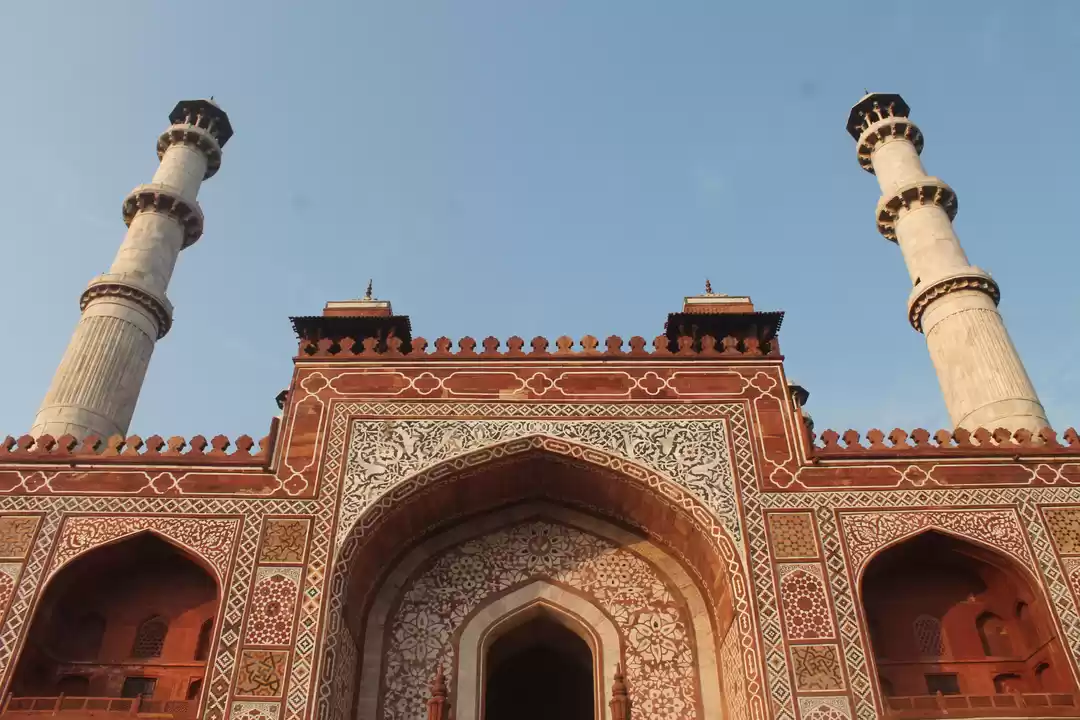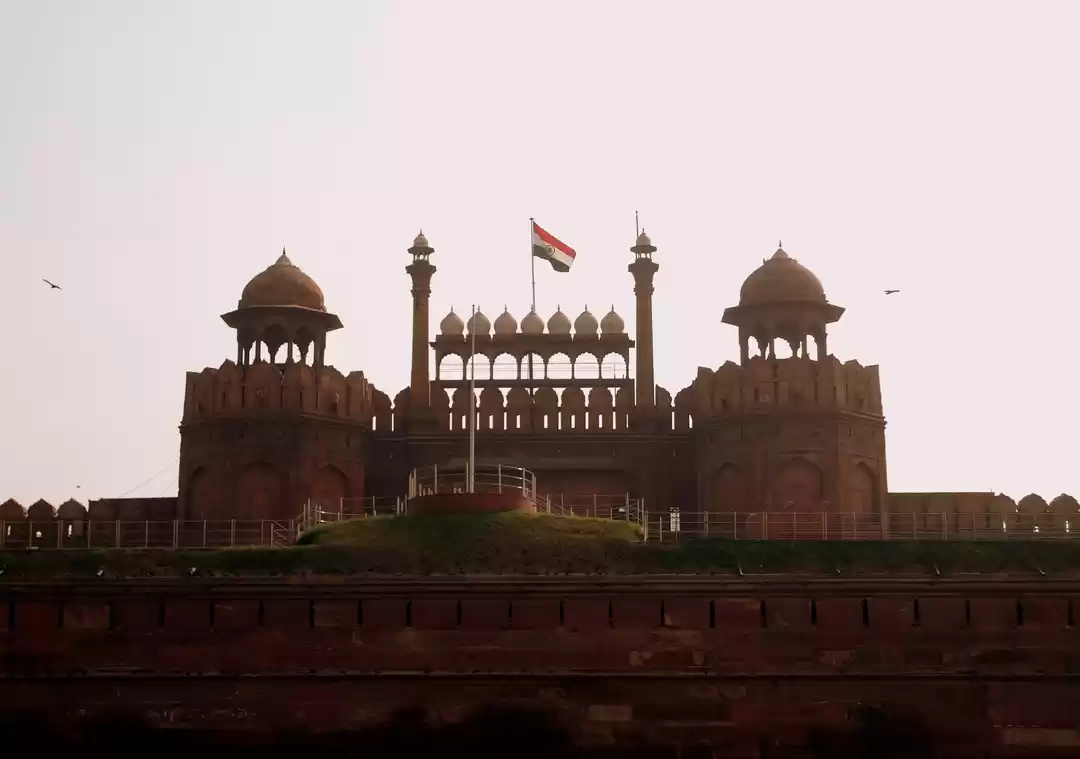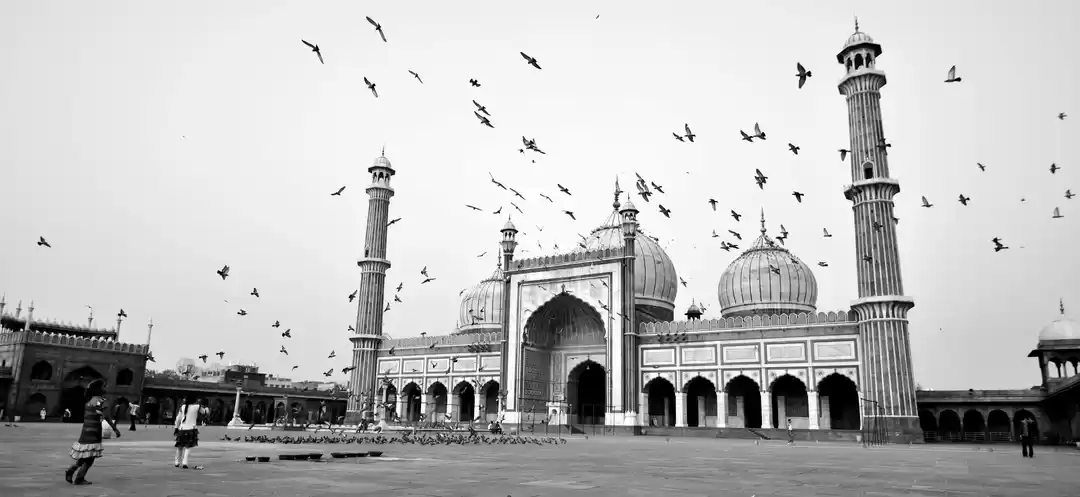It took 8 years, 1,44,000 builders from all corners of India to construct this masterpiece. Started in 1565 and completed in 1573, and on west of Yamuna river, it also had an underground tunnel from below Delhi gate to the Red fort in Delhi. The tunnel was closed under British rule.
When it was built it had 500 houses in it for royal family employees, artists, visitors etc but many of them were deconstructed by Shah Jahan to construct his Marble palace. Later even more houses were destroyed under British rule.
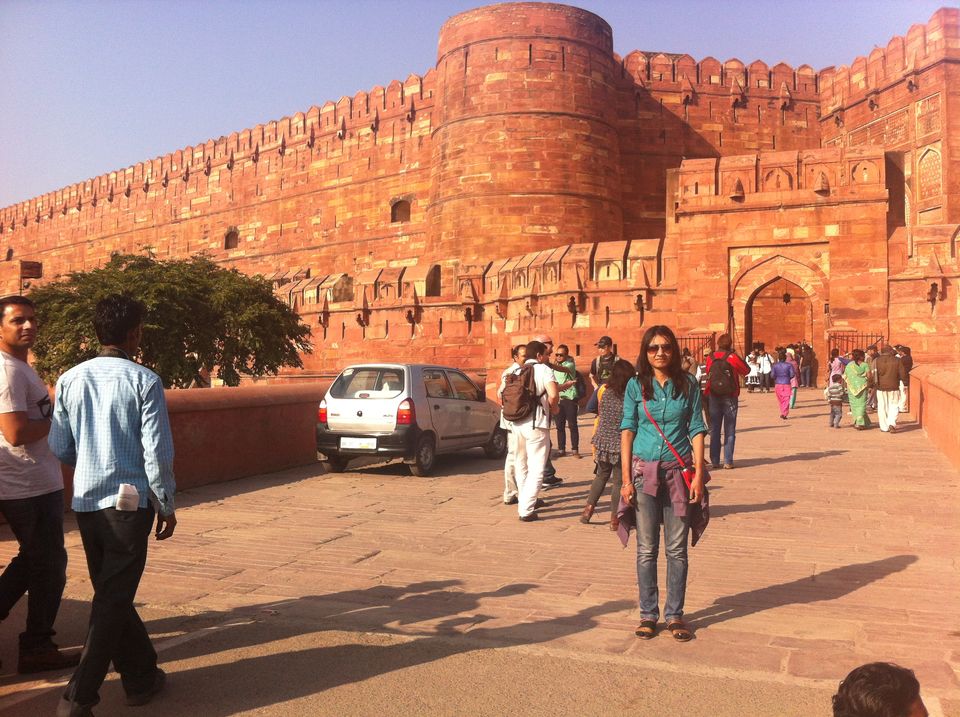
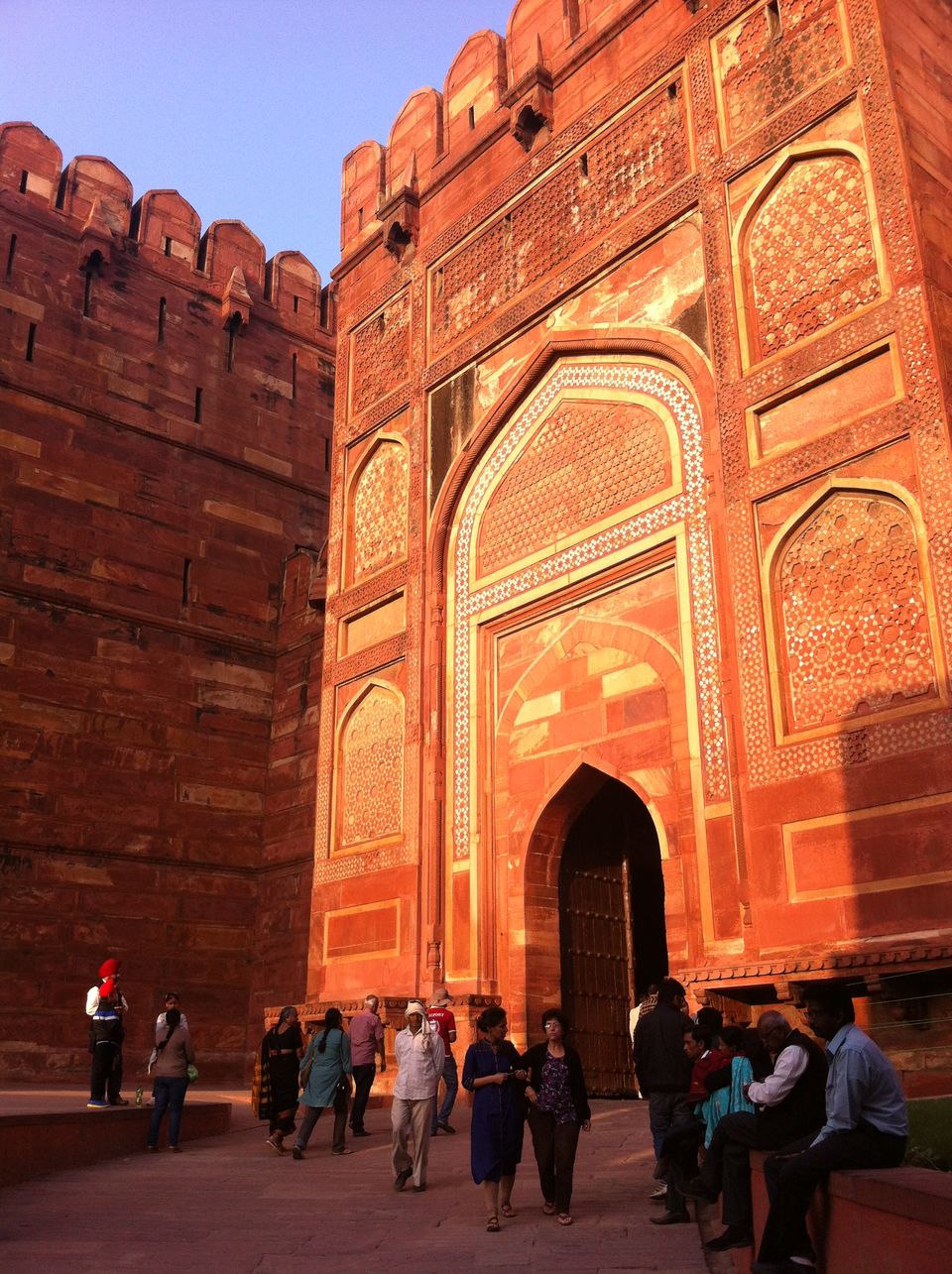
The path from 1st Amar Singh Gate to 2nd is constructed from strategic military point of view. These to gates make 90° angle with each other. So this gate is not even visible from 1st entrance. This is at a higher elevation to provide strategic advantage to rulers in case of military attack.
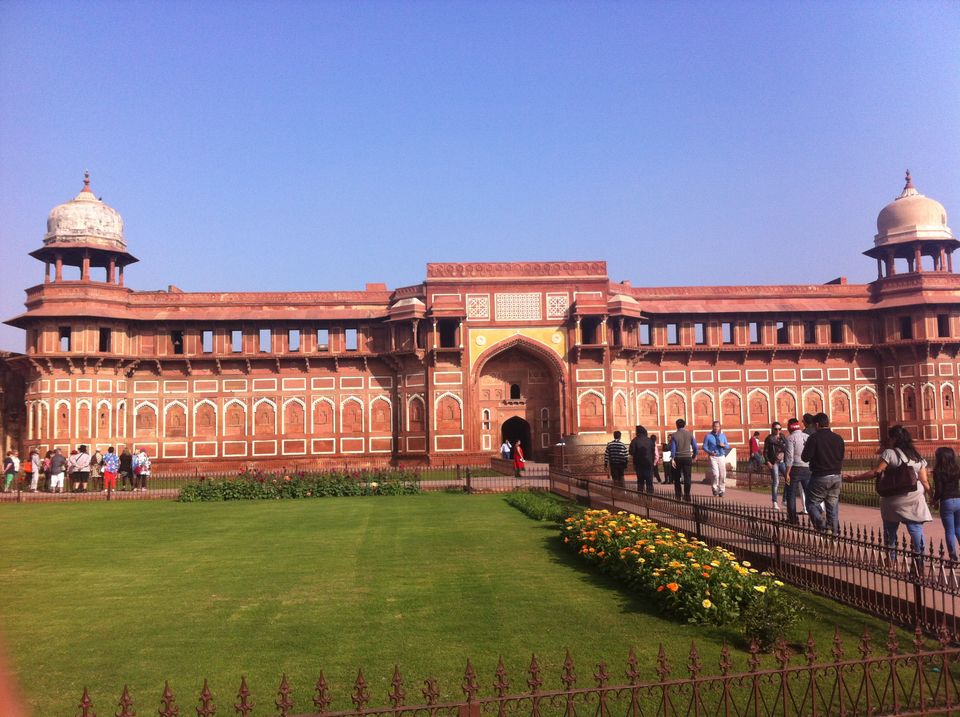
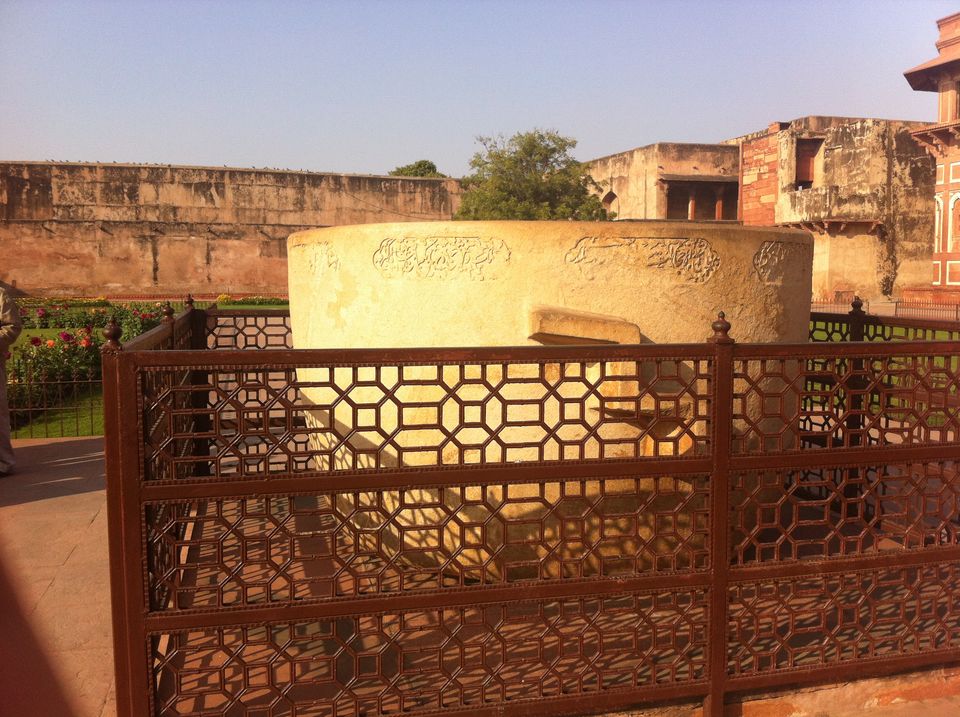
Carved out of 1 stone- monolithic and is 5 ft in height. It had gems on the inside and Persian inscriptions outside.
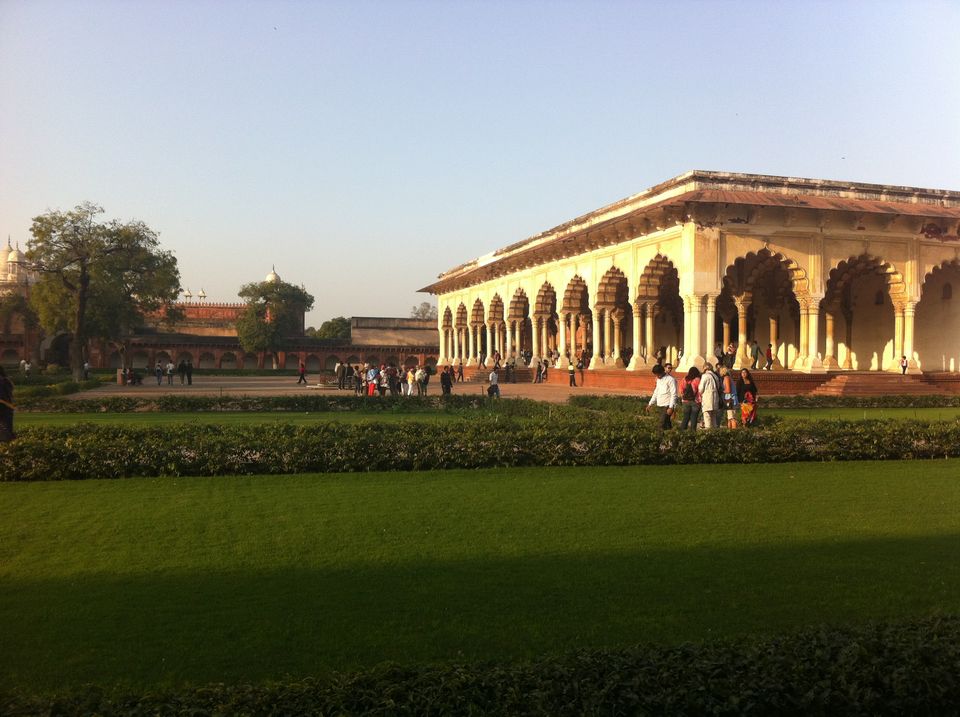
This was the place where the emperors listened to the appeal of commons and gave decisions accordingly.
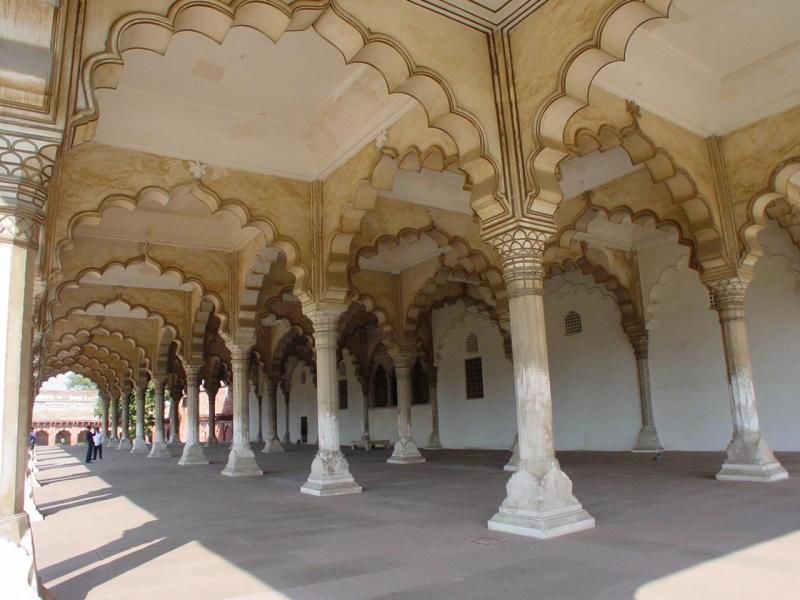
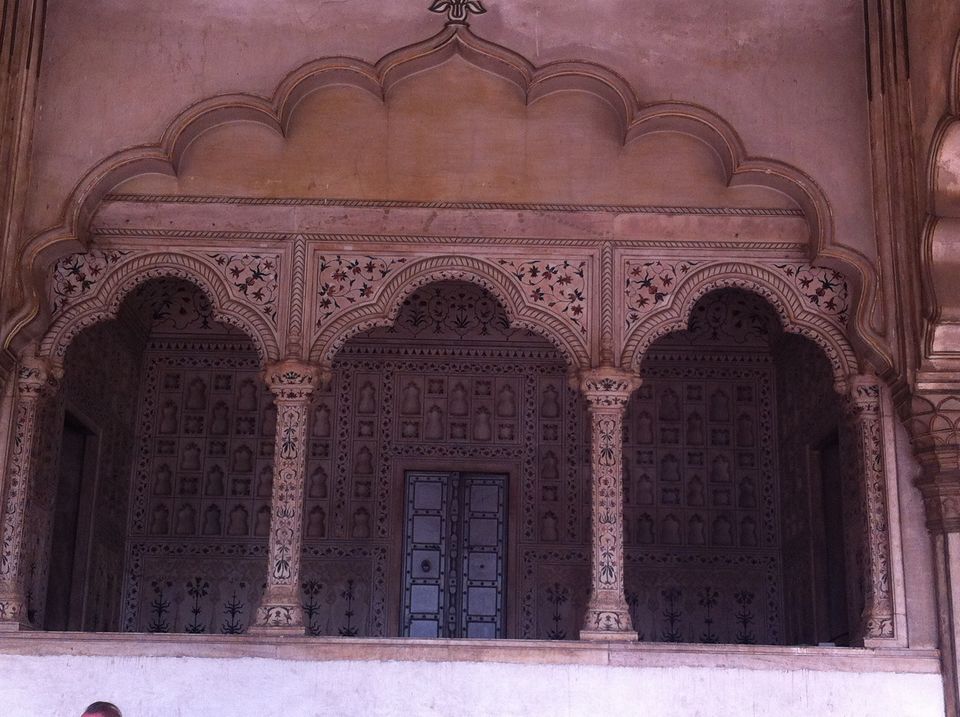
The chamber for the famous peacock throne if Shah Jahan. This is a part of Diwan-i-aam.
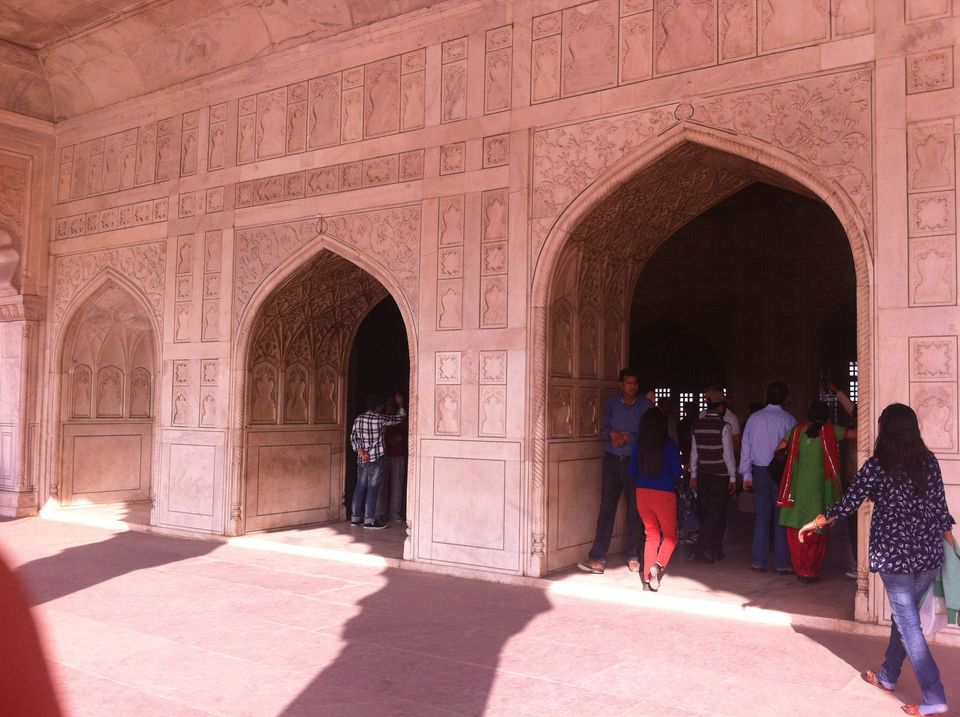
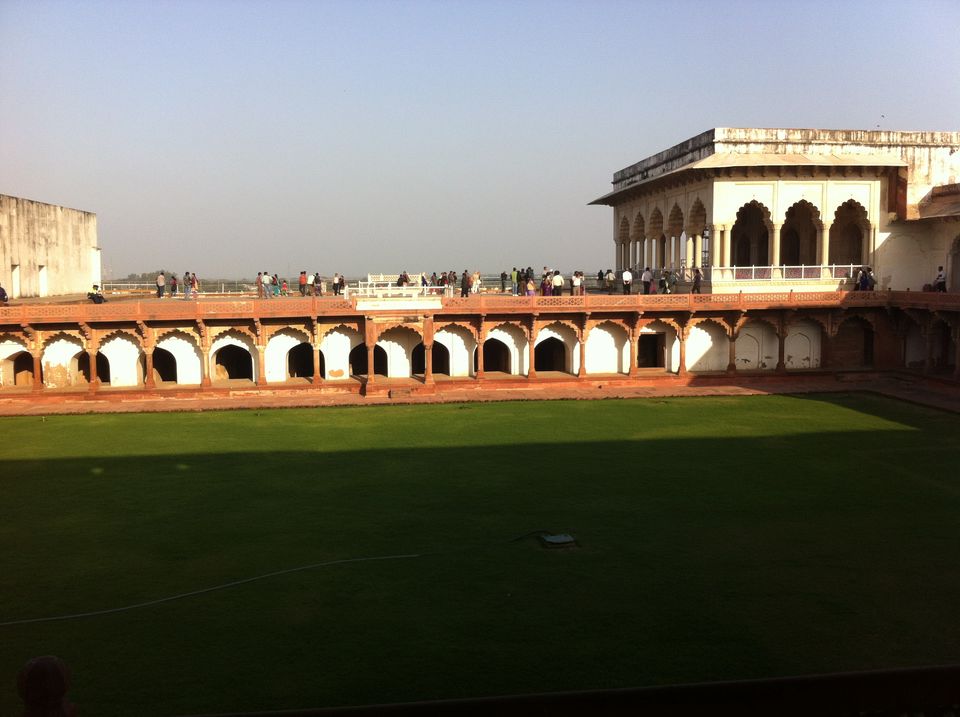

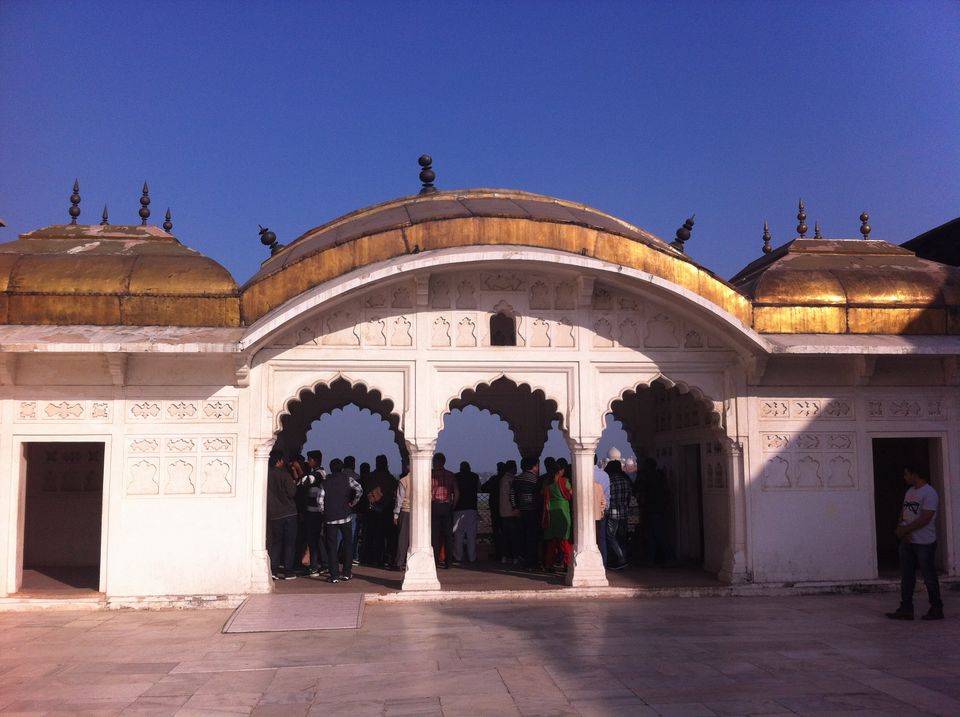
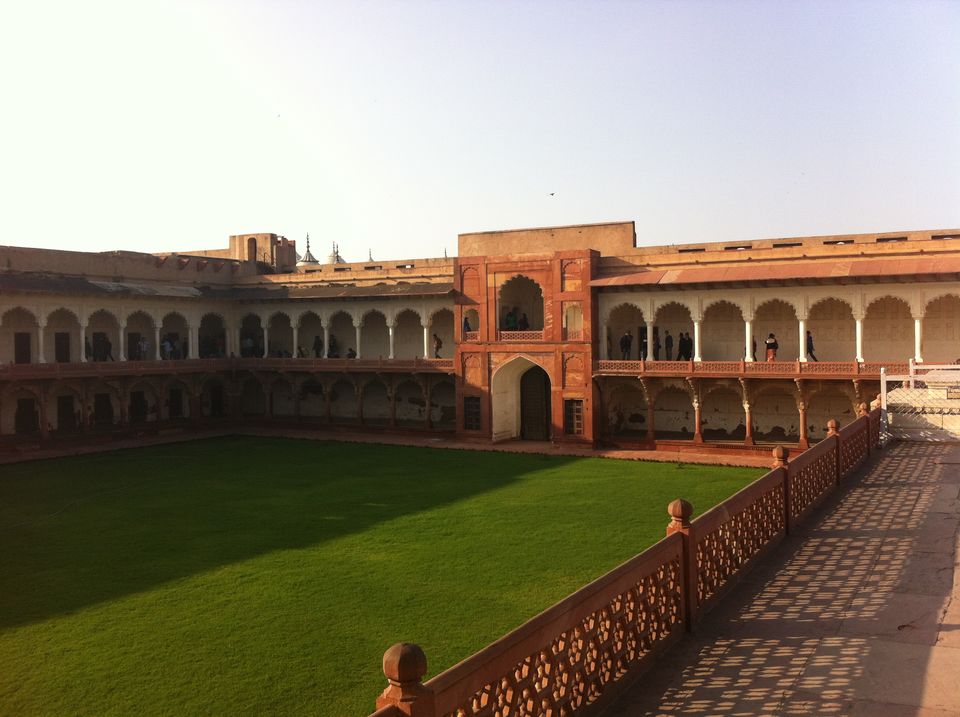
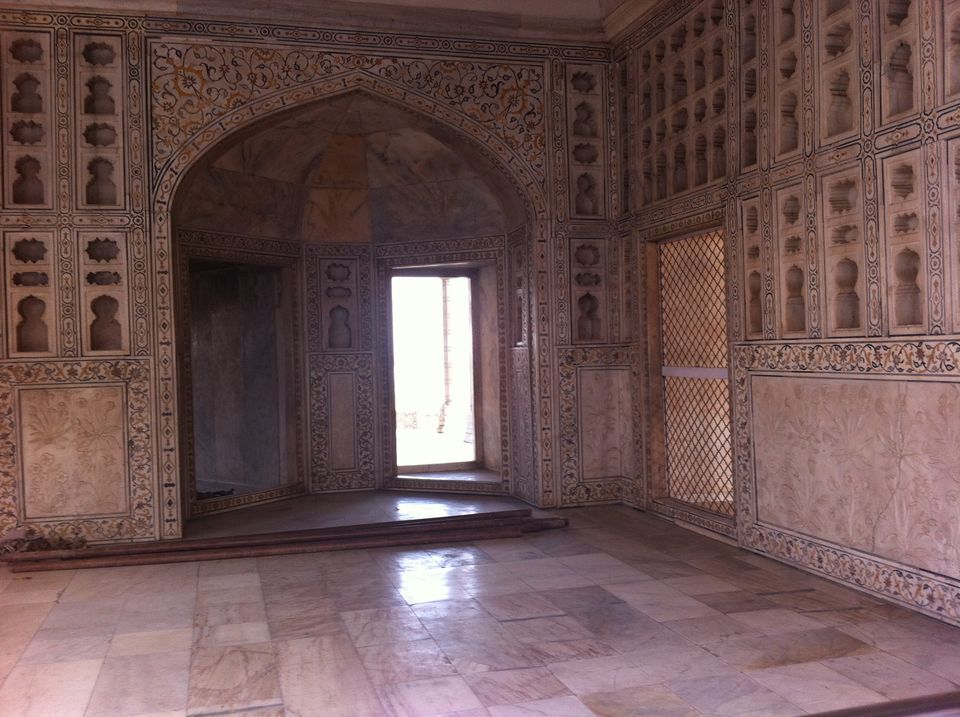
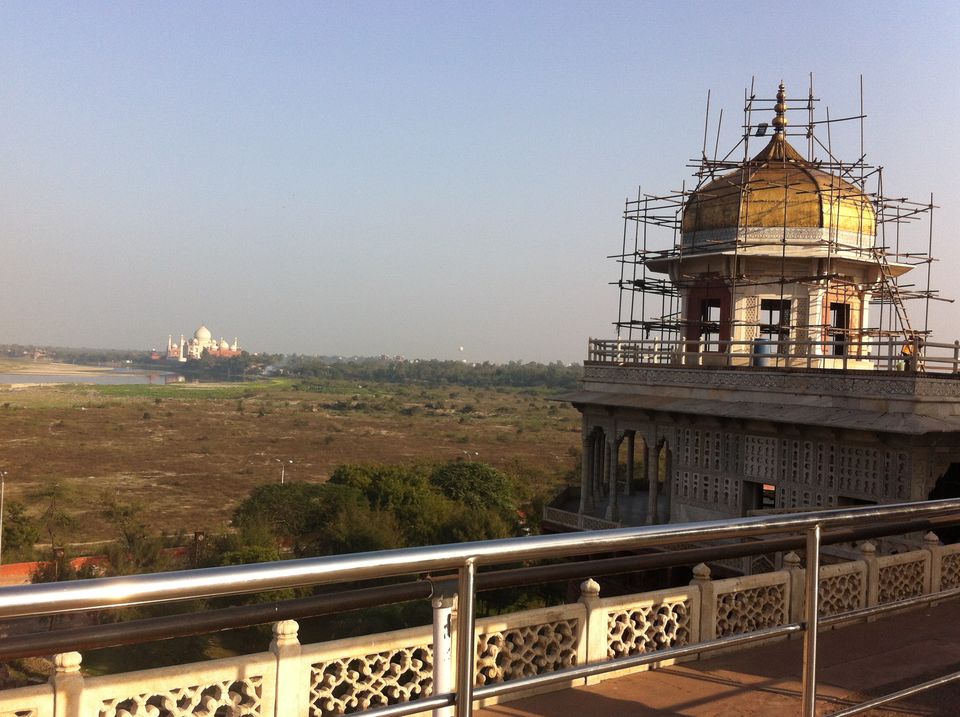
Shah Jahan chose to built Taj Mahal 2.5km south east of his palace in Agra fort. This place was visible from the room of his palace where he was later kept in confinement by his son Aurangazeb. The latter was baffled with the amount of expenditure his father incurred for Taj Mahal.
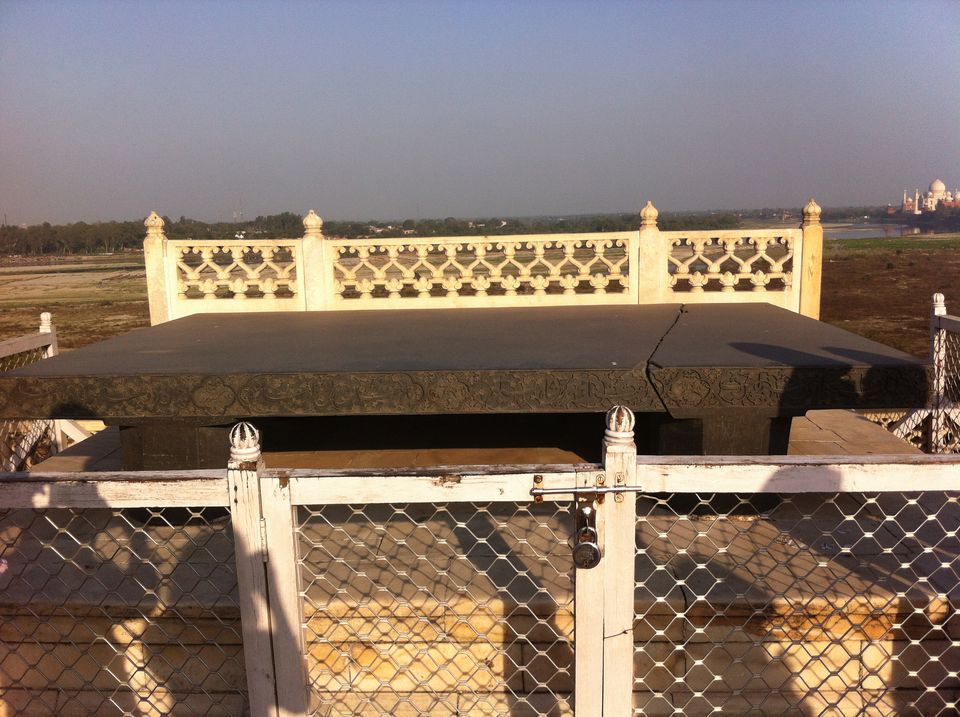
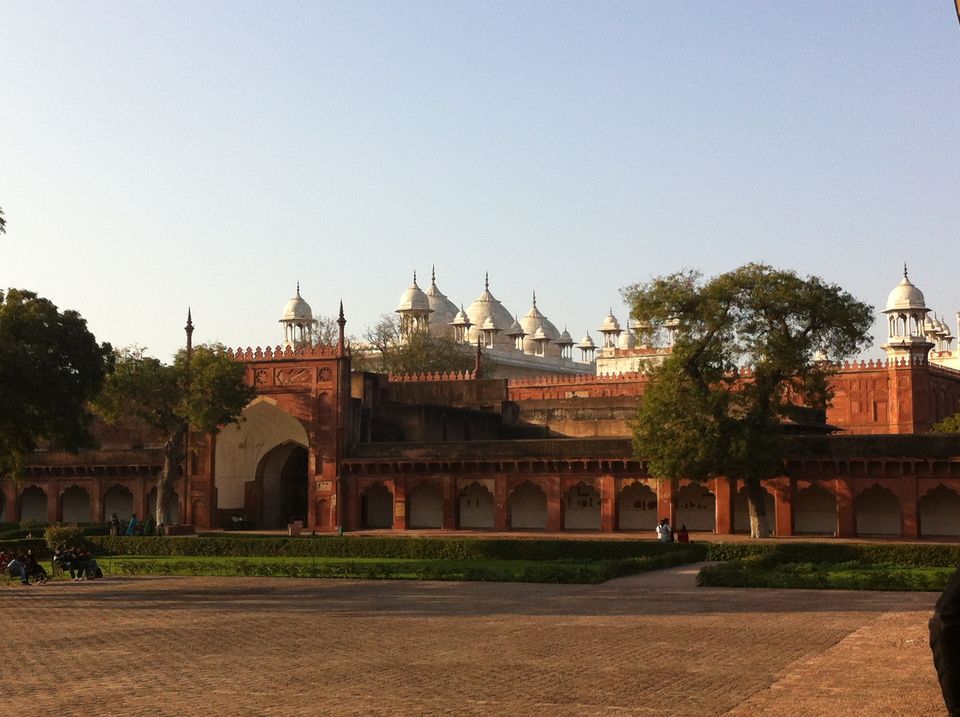
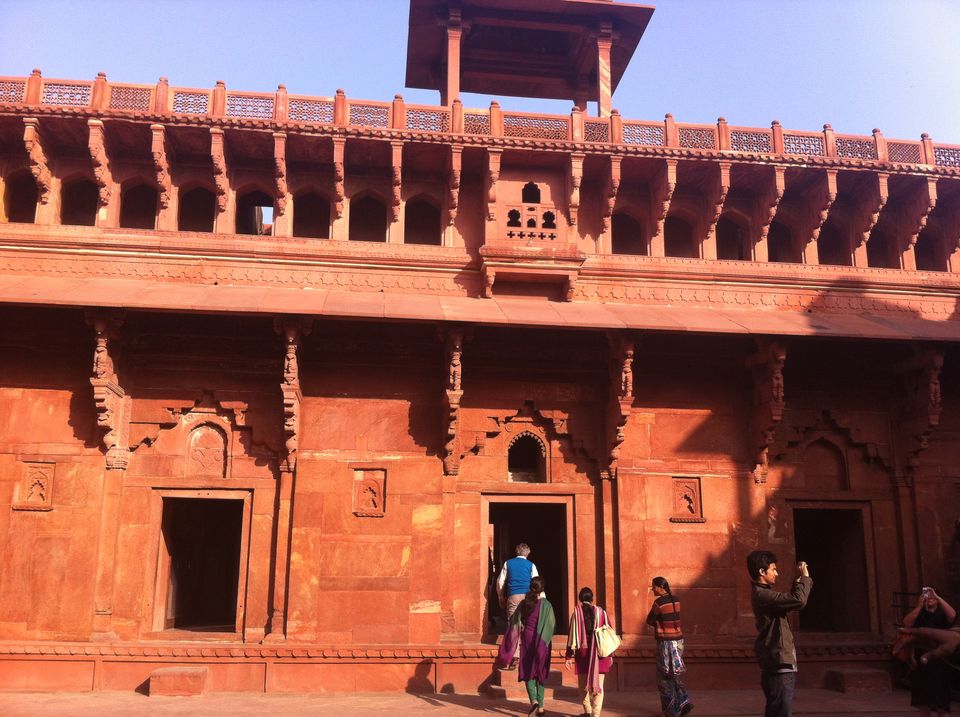
When Akbar ruled from Agra, Jahangir spent his days in Ferozabad and used to stay in this palace during his short visits to Agra.
